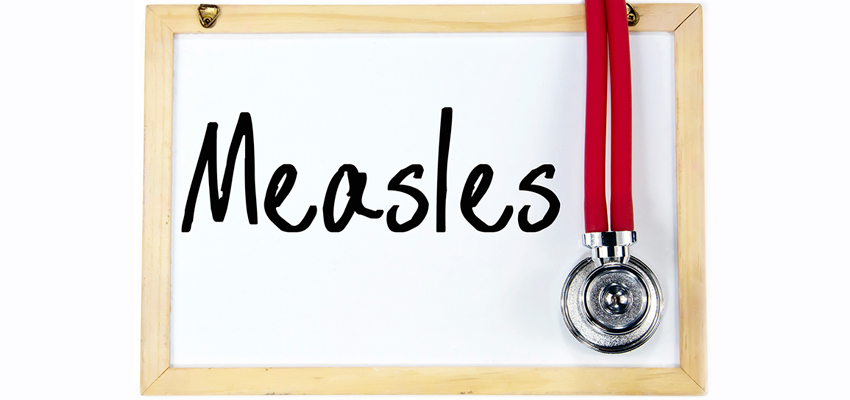We have all been hearing about the recent rise of vaccine preventable illnesses in the news. Of particular concern is the recent number of measles cases.
Since January 2019, there have been 704 cases of measles reported. It has now surpassed the 2014 outbreak of 667 cases and is the highest number since 1994 and since measles was declared eliminated in the US in the year 2000.
There have been 38 cases in California, including 6 cases in Los Angeles County and now two confirmed cases in Orange County. Not only is the US being affected but it is a global crisis as well, with overall cases being up 300% from last year.
So why are the cases of measles on the rise? In any given year, measles can be brought in from other countries, where often measles is still very common. It is then spread further by pockets of unvaccinated people. Measles is a highly contagious virus and is spread through coughing and sneezing. It can live up to two hours in the air where people have coughed or sneezed. It is so contagious that nearly 90% of the people that are close to an infected individual who are not immune will become infected.
Measles is also contagious for a long time; it can spread four days before until four days after the rash appears. Symptoms of measles typically begin with high fever, cough, runny nose and red, watery eyes. The rash usually breaks out about 3-5 days after the symptoms begin.
The rash begins at the hairline and spreads to the feet and the temperature is often high as 104. Measles can be serious. One in four people in the US will be hospitalized, 1 out of 1,000 may have brain swelling which could lead to brain damage and every 1 or 2 out of 1,000 people with measles will die.
Prevention is the best treatment for measles. The measles vaccine, part of the MMR, provides long lasting and effective immunity. One dose of the vaccine is about 93% effective in preventing the virus and 2 doses are about 97% effective. If given the vaccine, and you do get the virus, the illness is much more mild and less likely to spread to other individuals.
In the US we give the first dose of MMR at 12 through 15 months of age and the second dose 4 through 6 years of age. If traveling overseas to a high risk area then the vaccine can be given 6 through 11 months old. If the patient is 12 months or older and you are traveling to a high risk area than 2 doses should be given at least 28 days apart.
As physicians we await for reports from the Center for Disease Control and American Academy of Pediatrics to help us decide when and if we need to start giving doses of the MMR earlier, especially while we are in an outbreak.
As a physician I often hear concerns from parents about the safety of the MMR vaccine. The most common adverse events following the MMR vaccine are pain at the injection site, mild rash and/or fever. There is a very small increase risk of febrile seizures among those who are less than 7 years old.
The febrile seizures occur 8-14 days after the vaccination in every 3,000-4,000 children when compared to children not vaccinated in the preceding days. In general, the febrile seizures do not lead to any long-term abnormality.
There are a few people who cannot get the vaccines for medical reasons, mainly those that are immunocompromised from a genetic condition or due to medications that compromise the immune system such as those undergoing treatment for cancer or autoimmune diseases. The only way they would be protected is from those surrounding them having the immunizations. This is a term called herd immunity, which according to the World Health Organization we would ideally have 95% of the population immunized.
There have been multiple well-performed scientific studies that have found no link between the MMR and autism, a reason many parents give for choosing not to vaccinate. The other components in the MMR vaccine include mumps and rubella. Mumps causes fever, headache, muscle aches and infertility. Rubella typically causes mild symptoms in the individual affected but it can cause a miscarriage or serious birth defects in an unborn baby if the woman is infected while she is pregnant.
The fact is we have had a false sense of security that these illnesses either are not serious or unlikely to infect us or our children. The truth is we have been safe secondary to the success of vaccines. It is important that we protect ourselves, our children and our society by getting fully vaccinated as recommended by the CDC and AAP.



